On November 26th, in the Department of Cardiac Macrovascular Surgery of Jiangsu Provincial People's Hospital, Director Shao Yongfeng's team demonstrated excellent professional skills and teamwork spirit, and worked closely with colleagues from Cardiac Ultrasound, Anesthesiology, and the Operating Room to meticulously complete this difficult surgery, in which Professor Wei Lai of Cardiac Surgery Department of Zhongshan Hospital affiliated to Fudan University gave valuable experience and professional guidance, and the procedure was performed by In this operation, Prof. Wei Lai of the Department of Cardiac Surgery at Zhongshan Hospital of Fudan University gave valuable experience and professional guidance, and the first case of transapical mitral valve clamp ValveClamp® in Jiangsu Province after the approval of the listing was successfully completed under the supervision of Director Ni Buqing. The operation was completed under the guidance of simple ultrasound, and the catheterization time was about 25 minutes. The patient's mitral regurgitation was basically eliminated, and the tracheal intubation was removed after the operation, and he was transferred back to the hospital room on the next day, and he could get down to the ground in the afternoon of the same day, and the patient has recovered well now.
Patient's condition
Patient: Wu, female, 77 years old.
Complaint: chest tightness and shortness of breath, aggravated for 1+ months.
Preoperative diagnosis: mitral valve insufficiency.
Echocardiographic data: [Mitral valve-related parameters] Severe mitral regurgitation; DMR, prolapse at P2, A2: 25 mm, P2: 17 mm, MVA: 6.34 cm², regurgitation width: 14 mm, mean transvalvular pressure difference: 2 mmHg.
Surgical Procedure
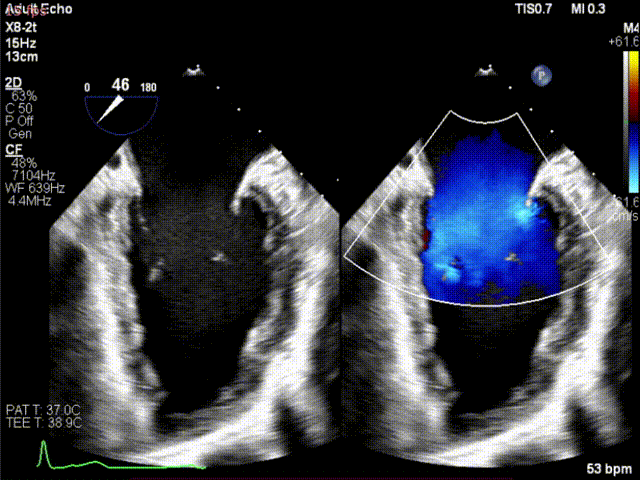
Preoperative 2-chamber MR
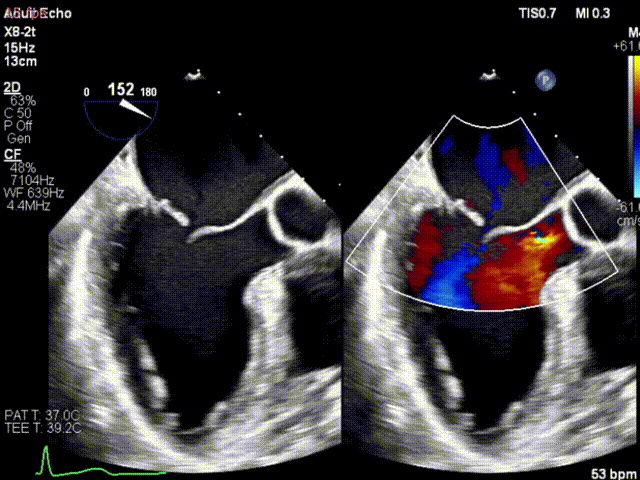
Preoperative 3-chamber MR
Preoperative cardiac ultrasound showed severe mitral regurgitation (regurgitation width: 14 mm in the P2 region).
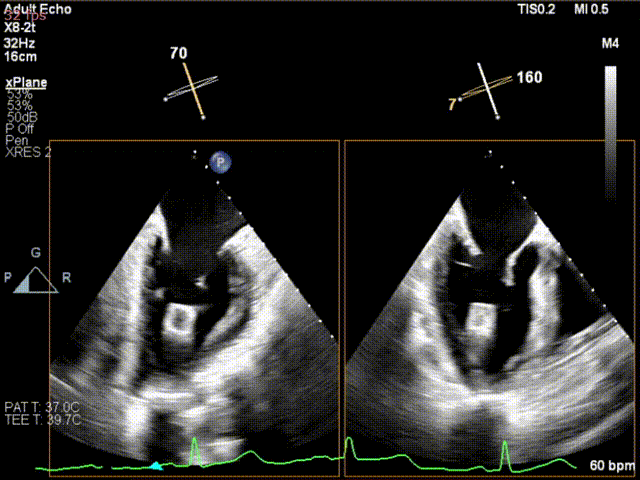
Transvalvular ball on ventricular exposure
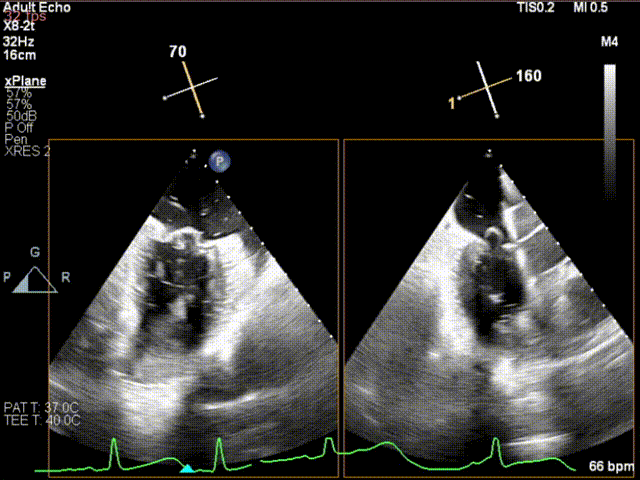
The upper and lower parts of the heart are open to the upper and lower parts of the heart.
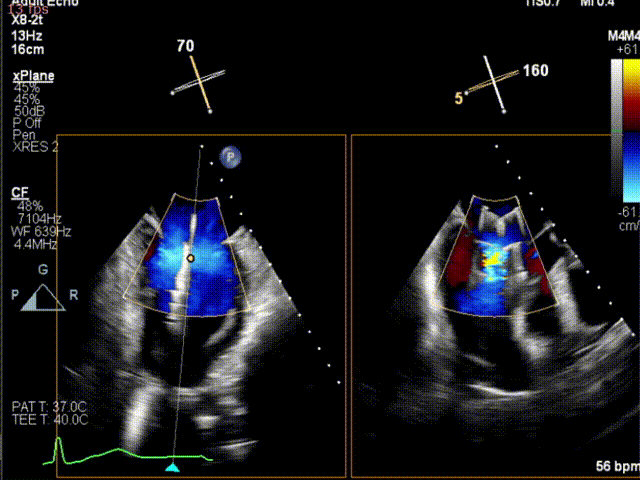
Underscrollers hold up the petals and leaves
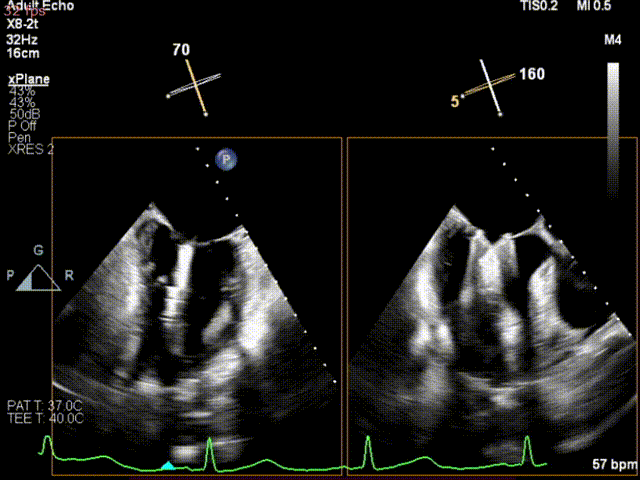
hinge
In the X-plane view, the transducer smoothly transitions the flap, and the ValveClamp® clamps are positioned and closed in the upper and lower clamps.
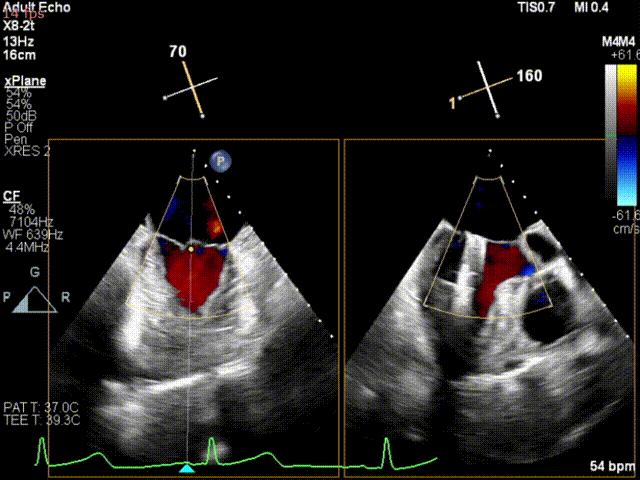
Clamping eliminates backflow and releases the upper and lower clamps.
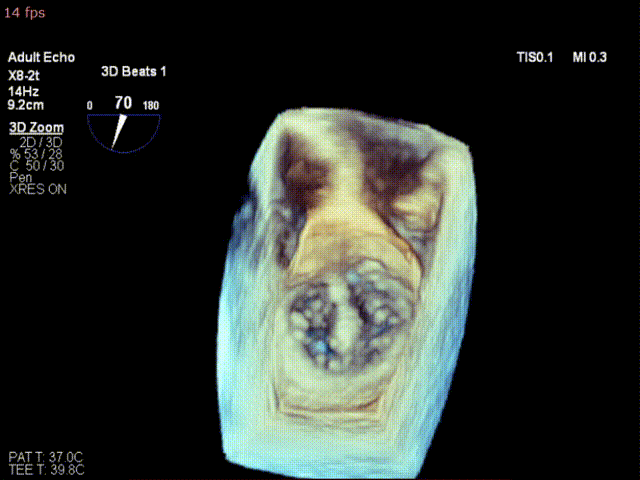
3D biportal view of the atrial view after clamping
Post-clamping 3D left atrial view with virtual elimination of reflux.
Analysis of technical difficulties
This patient was a patient with severe mitral valve closure insufficiency. In this case, the patient had extensive zone 2 regurgitation, which made the procedure challenging. International experience has shown that even if TEER can be performed, multiple clips are often required. However, our original ValveClamp® has a greater depth and range of closure than other types of clips, and produces stronger leaflet-to-leaflet closure. In this case, even though the preoperative regurgitation width was 14.3 mm, the regurgitation was basically eliminated after the operation with one clamp, and the catheter operation took only 25 minutes, with one clamping in place without adjustment, which demonstrated the convenience of the device operation.
Highlights from the surgery
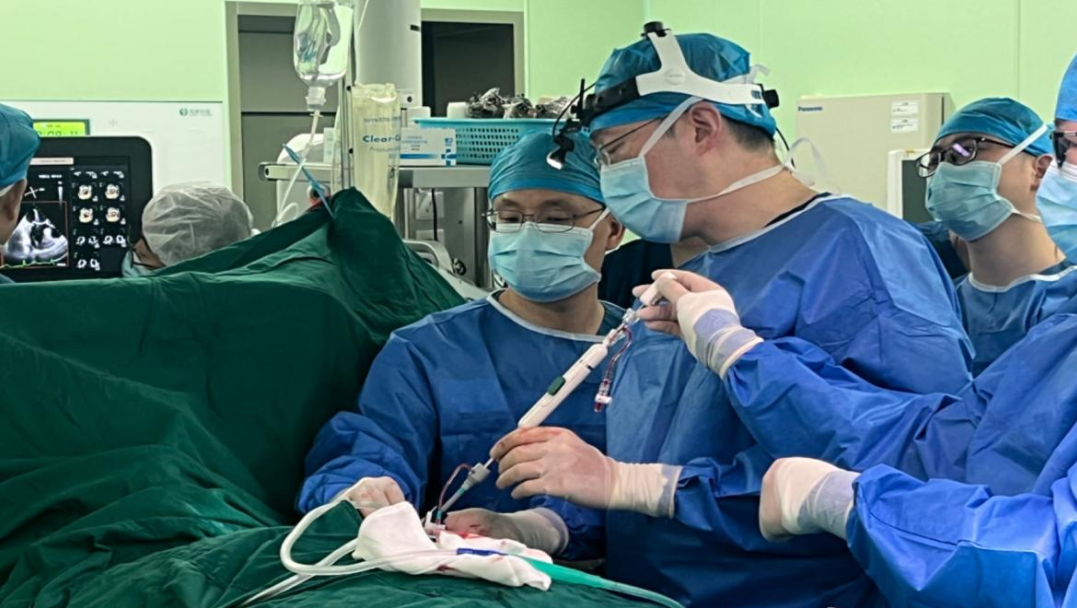
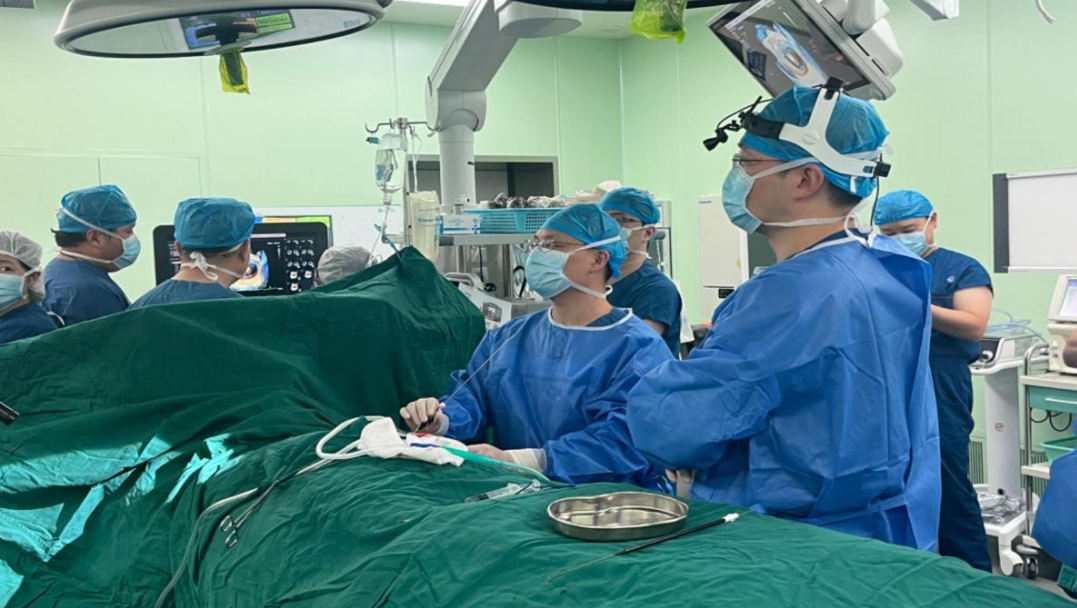
Background
Currently, there are more than 10 million patients with mitral regurgitation in China, and a significant number of them have functional regurgitation and heart failure symptoms despite standardized drug therapy. Recent studies have shown that transcatheter mitral valve clamping surgery reduces the risk of near- and mid-term mortality in patients, and that the clinical outcome of mitral valve clamping surgery combined with drug therapy is superior to that of drug therapy alone. The small-incision transapical approach mitral valve clamping surgery, which is less traumatic, avoids extracorporeal circulation and radiation damage, is simple to operate, has a short operation time, and can be completed under simple ultrasound guidance, is the current cutting-edge treatment method for this kind of disease. The successful implementation of this surgery is the first transapical mitral valve clamping surgery after the approval of the listing in Jiangsu Province, providing patients with more clinical treatment options.


